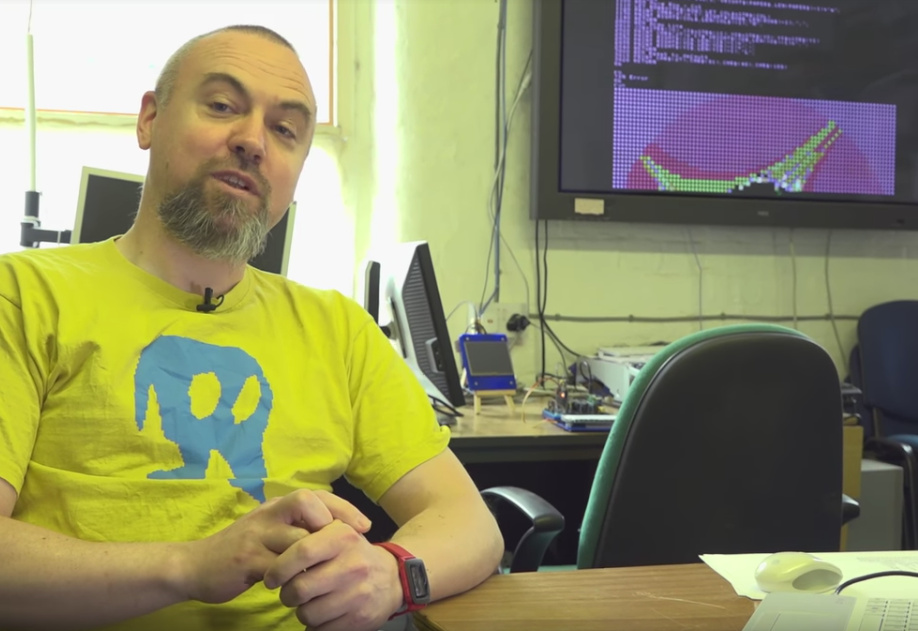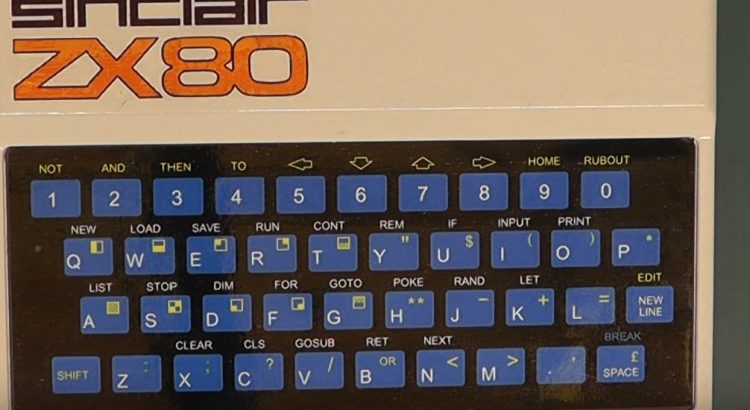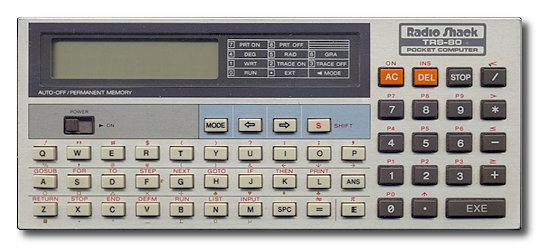BASIC was the hammer of the age. If you were working in data processing, versus scientific or engineering, and not on an IBM, you were likely using BASIC, especially on the smaller computers.
Even then I know my father worked on several projects using embed micro computers in the early '80s whose control programs were written in BASIC.
BASIC is like that girl in Jurassic Park “This is UNIX. I KNOW this!” She was instantly empowered to solve the problems of the hour. BASIC was that tool for many. Accessible and empowering.
10 PRINT "HELLO WORLD"
RUN
Beats the heck out of K&Rs example any day of the week.
Could my Doctor have created his back office system using FORTRAN IV? Honestly, I doubt it. Folks learned BASIC out of comic books. I never saw David Ahl’s 101 Computer Games for COBOL.
Just when we computerists were rubbing our hands with glee that the industry had finally driven a stake through BASICs heart, MS released VB3, and blew every thing out of the water. VB3 crushed the dBase/Paradox/FoxPro of the day.
And, appreciate, I’m not a fan of the language BASIC as a language. I’m a fan of BASIC for its impact on computing. For its empowering nature. For enabling Doctors to feel they can put their precious time in to something like writing their own system.
MicroSoft did it right putting BASIC in to Office. In Excel, in Access, Word. WORD! A word processor that runs BASIC. As amazing a legacy Lisp has in Emacs – it’s not BASIC. It’s still for geeks and graybeards. (I wrote a word processor in BASIC once…like I said – hammer.)
There were a couple of events in my career that I hold on to. One, working at a large industrial company, my friend and I were walking by one of the people that gets our reports. She was cutting up the green bar, with scissors, re-ordering the lines, and taping them down so she could photocopy them to make the final product to pass upstream.
“Uh, you know we can do that for you, right?” “You CAN!??” And, of course, we did – a really tough 2 minute change.
Another was a company that would run the AR aging report at the end of every day. More often than not, this other lady, an accounting clerk, would be there late in the day waiting for it. It was a long report, took, like a 1/2hr + to run, and then it had to be printed, and it that took it’s sweet time. Watching her one day, I saw here notice the report was done, and walk over to the printer, tear it off and bring it back. She then plopped the thick stack on her desk, opened it up to the last page, tore it off, and tossed the rest of it in to the recycle box.
She was just interested in the open balance at the end the report. The next day, I wrote her a report that gave her that single page, printed, in less than a minute.
Trust me when I say that these two changes really made these ladies day.
Here’s two folks, just doing their work, trying to get through the day. Where the machines that are supposed to make their day better just stand in their way. These things are supposed to empower people.
BASIC was instrumental in harnessing these machines for the greater good. Otherwise, they’re just room heaters.
I wouldn’t use BASIC today. I used it in the past as it was the hammer du jour. So, I may not care for the language, especially with todays alternatives, but I certainly appreciate for what it can do and what it did.


